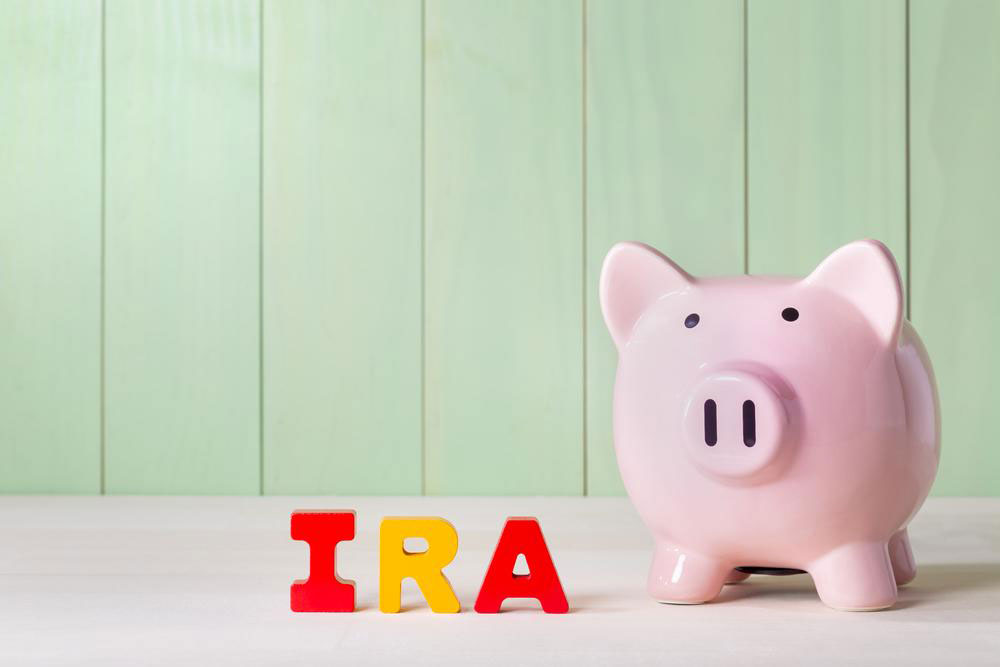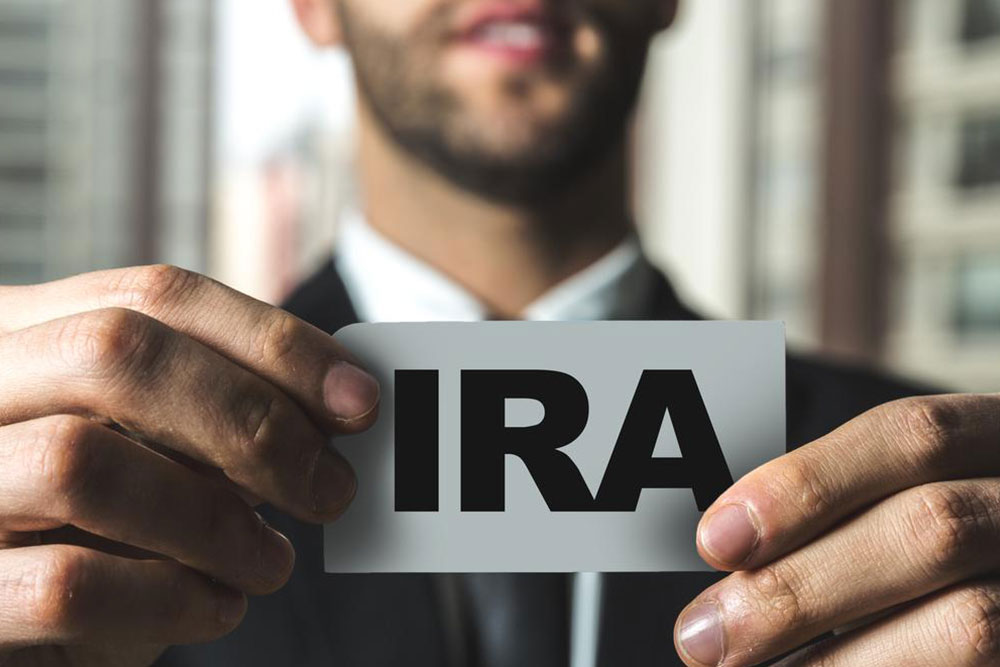Understanding Financial Aspects of Rollover IRA Transfers
This article explains the financial considerations involved in rollover IRA transfers, including tax implications, eligible plans, and inheritance rules. It provides guidance on how to transfer retirement funds smoothly while maximizing tax benefits, making it a useful resource for individuals planning their retirement strategy.

Rollover IRAs enable individuals to transfer retirement savings from former employer-sponsored plans to new accounts. Assets from 401(k), 403(b), and profit-sharing plans can be consolidated into a rollover IRA. Compared to traditional 401(k)s, rollover IRAs offer a broader range of investment options. The IRS limits one rollover per year. To initiate a rollover, contact your plan administrator to verify eligibility. This process, known as an in-service distribution, applies only to selected plans.
Direct payments typically require a 20% withholding for taxes unless a direct rollover is executed, which avoids tax consequences. Transfers between IRAs are tax-free, including redeposits within 60 days. However, partial withdrawals may trigger taxes, especially if early. Inherited IRAs have specific rules, especially when inherited from non-spouses, who must withdraw funds rather than roll over.
Rollover IRAs must be properly reported using IRS Form 1099-R. Moving funds into a Roth IRA can provide tax-free growth, making it a strategic option for long-term tax benefits.
Disclaimer: Our content offers valuable insights but should not replace professional advice. Always verify details and consider personal circumstances when making financial decisions.










